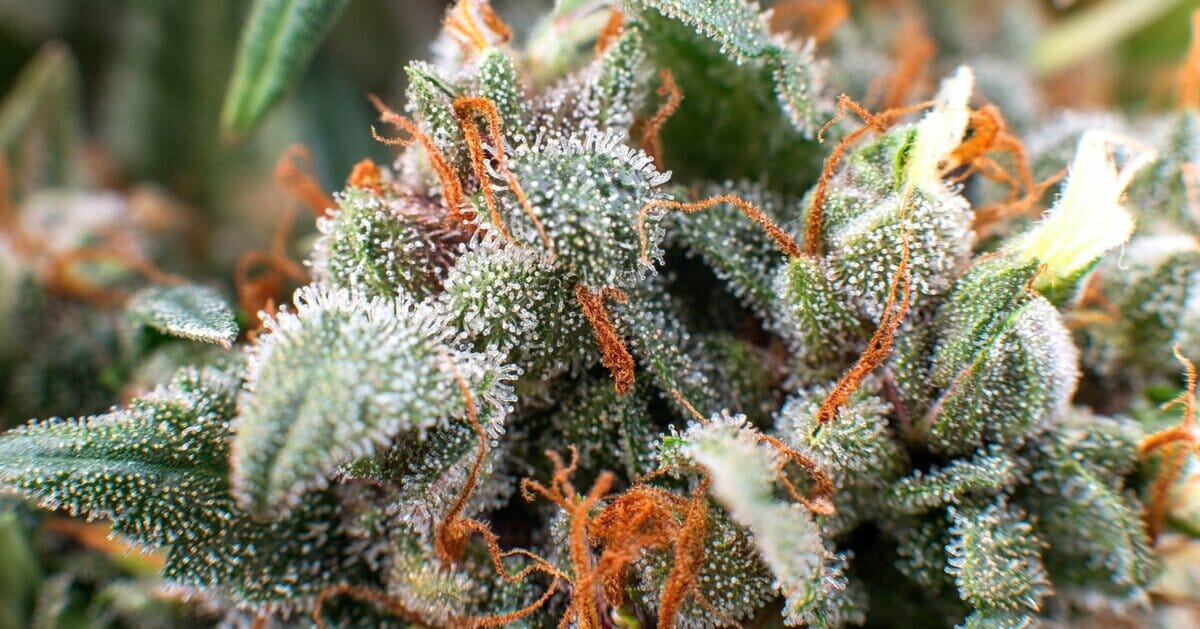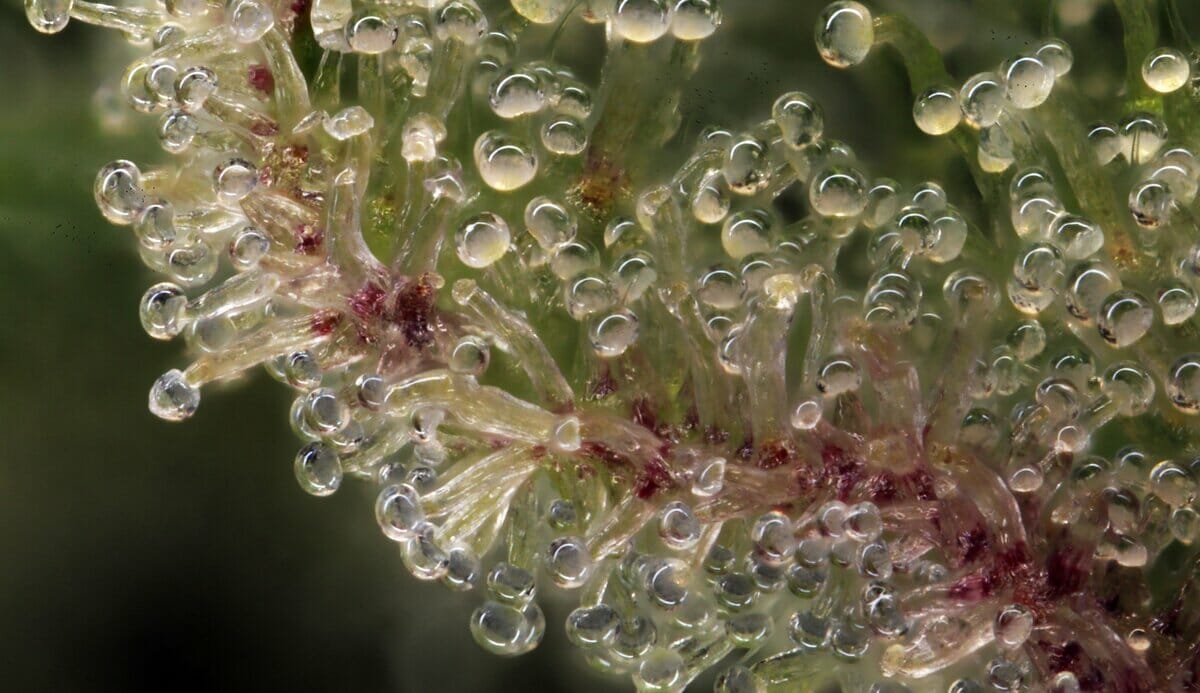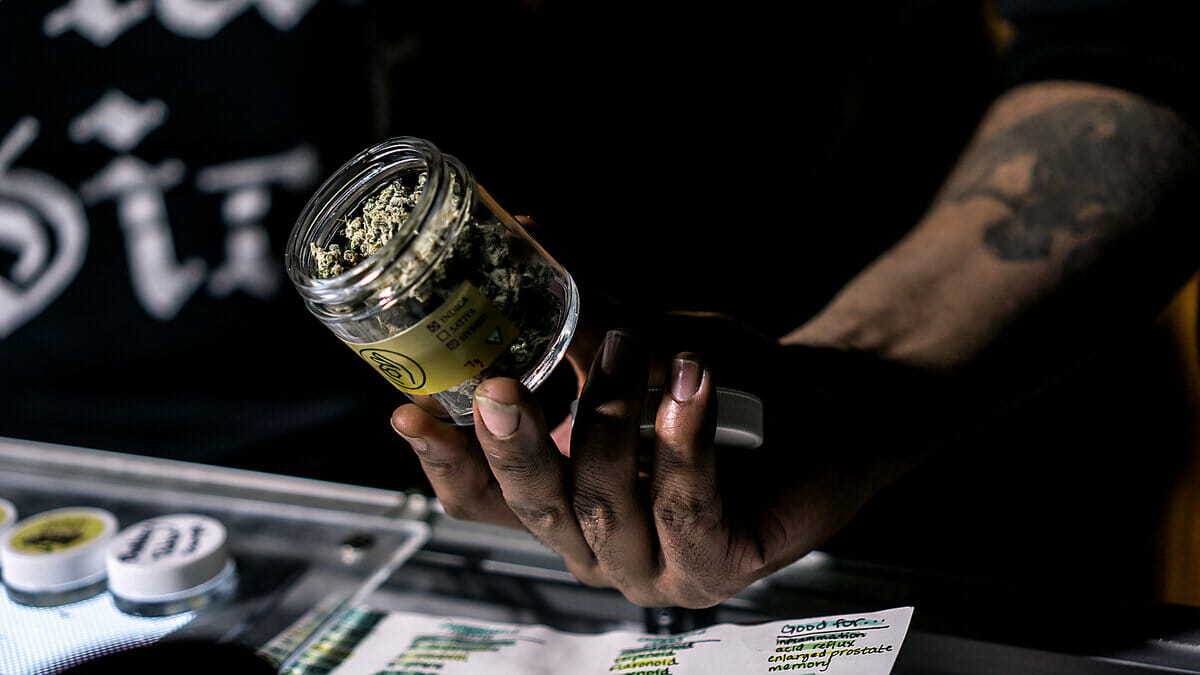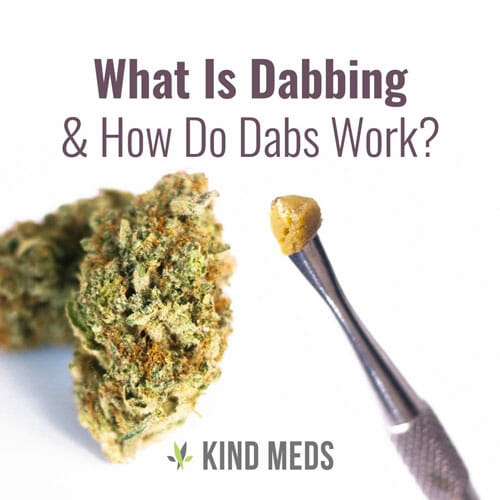An Introduction to Cannabis Trichomes
Written by Chris Weatherall on Oct 20, 2021
If you’re not already familiar with the ins and outs of the cannabis plant, then you might not know about cannabis trichomes. What sets them apart from the rest of the plant, and what unique properties can they provide to consumers? How can trichomes best be utilized by cannabis fans? Today, we’d like to answer each of these questions and give our readers a thorough overview of cannabis trichomes.
In order to remain as well-informed as possible about how you interact with and consume cannabis, we believe that it is a good idea to understand how each important part of the plant is used. So, what are cannabis trichomes, and why should you be giving them the time of day? Well, we can think of a few key reasons for that.
What Are the Trichomes on Cannabis?
In essence, the trichomes on cannabis are resin glands that grow on the appendages of the cannabis plant. Technically speaking, trichomes are not exclusive to cannabis, alone. Many other plants grow trichomes on their own appendages. Depending on the plant in question, trichomes can be made of anything from glandular hairs (or simply hairs), papillae, or scales. Aside from cannabis, you can also find trichomes growing on lichens and algae.
Cannabis trichomes, in particular, actually contain their fair share of THC and CBD, as well as some other medicinal cannabinoids. Simply put, the trichomes may be dainty, but they are actually one of the heartiest parts of the plant — and they’re certainly worth extracting and utilizing.
When trichomes are extracted from the cannabis plant, terpenes are successfully preserved. Well, then what are terpenes, and why are they so important?
Terpenes
Terpenes provide a wide array of benefits and other unique qualities to cannabis, including some impressive medicinal uses. Basically, terpenes are pungent oils that provide weed with many of its most recognizable smells and tastes.
Depending on the strain of marijuana, there are many smells and tastes that terpenes are able to create. Most commonly, for instance, cannabis users may be familiar with popular cannabis flavors such as berry, citrus, pine, and mint. The presence of all of these smells and tastes can be attributed to the presence of terpenes in the plant.
Perhaps more impressively, terpenes also provide cannabis with a number of medicinal properties. Then, with the aid of cannabis trichomes, users can more effectively tap into the many health benefits of terpenes.
What Is the Function of the Trichomes?

Now that we’ve broadly covered what cannabis trichomes actually are and the qualities they provide to the plant, what are some of their more specific functions? For instance, if someone were to extract trichomes from the plant, what kind of function could be derived from them?
Before they’re even removed from the plant, however, trichomes offer a number of functions to cannabis, throughout the entirety of its life cycle. Basically, these small, crystal-like bulbs are far more than just a powerful way to get high or to take advantage of some of the cannabis plant’s impressive medicinal qualities.
Once the cannabis plant enters the flowering stage of its growth, this is when the trichomes first begin to develop. During this period of growth, the cannabis buds can easily be victimized by the plant’s predators. So, during this vulnerable stage of growth, the trichomes can actually act as a defense mechanism. Keep in mind; the trichomes have a strong aroma, as well as a bitter taste.
Generally speaking, insects and animals aren’t going to be fans of this fact and will try to steer clear of the growing cannabis plant. Later on in the growth cycle, as the cannabis plant continues to develop and evolve, so do its trichomes.
At a later stage, trichomes actually provide a site for cannabinoid synthesis to occur. This is also the point at which terpenes and cannabinoids are created by the plant. Again, without the aid of trichomes, we’d be missing out on some of the most fundamental ways in which we can enjoy the cannabis plant, as users.
If you are a cannabis grower, it’s always a good idea to keep a close eye on the trichomes. This part of the plant is actually one of the clearest indicators that the cannabis plant has reached peak maturity. Maturity is when it is time for the cannabis plant to be harvested.
Early along in the plant’s flower cycle, growers will notice that the trichomes take on a smaller, clearer appearance. At this point, it is obvious that the plant isn’t quite ready for harvesting.
However, this appearance will gradually shift, as the cannabis plant continues to grow and flourish. Later along in the growth cycle, the resin that’s contained within the trichomes will begin to turn opaque, rather than glassy and clear. Next, the cannabis trichomes will shift more toward a pale yellow color — this will be visible as soon as the cannabis plant is placed under a microscope.
What Is Dabbing (and How Does It Relate to Trichomes)?

If you’re at all involved in the world of cannabis and the culture surrounding it, then chances are you’re familiar with dabbing — whether or not you’ve ever tried it. If you’re familiar with dabbing, then it turns out, you’re already familiar with trichomes. Without the use of cannabis trichomes, the act of dabbing wouldn’t be possible.
In the marijuana community, dabbing has quickly become a practice that is both popular and controversial, due to its potential safety risks. To start, in order to create cannabis concentrates or extracts, the extraction process will need to involve trichomes, in one way or another.
Remember, trichomes are dense and packed to the brim with CBD, THC, and even terpenes. It is this mixture of compounds that creates the user high, as well as the stronger flavor compounds.
Once trichomes have been successfully separated from the remainder of the plant and a cannabis extract is born, you will be left with a material that can be either waxy, sappy, oily, buttery, or even saucy in texture.
Simply put, the extraction that you are left with is a highly concentrated form of cannabis. Of course, this is due to the fact that the extract contains resin from the plant’s trichomes without any additional plant materials. At this point, the material you have would be referred to as cannabis concentrate. (However, keep in mind that the terms “extract” and “concentrate” tend to be used interchangeably.)
So, now that you have this concentrate, how can you actually go about consuming it? Whenever this concentrate is consumed by a user through dabbing, the extract in question will then be referred to as “dabs.”
Not all concentrates will go on to be dabbed by the user. For example, RSO, kief, and tinctures aren’t intended to be dabbed. Although each of these is an alcohol extraction, they aren’t dabs. Nonetheless, each of these involves the removal of trichomes from the rest of the plant material.
As you’d probably expect from such a highly concentrated form of cannabis, dabbing is notorious for giving users an especially intense high.
What Makes a Cannabis Plant Produce Trichomes?

Maybe you’re growing your own cannabis plants, and you’re hoping to encourage the growth of trichomes. Is this actually possible? And if so, how can growers elevate trichome growth to an entirely new level?
Although it is simple advice, one of the most effective ways to boost the plant’s production of trichomes is by ensuring it receives sufficient sunlight. One of the many protective purposes of trichomes is to keep the plant shielded from harmful UV rays. As a consequence, if you start providing your cannabis plant with additional light, you can also expect the trichome production to begin increasing.
Further, in order to encourage a cannabis plant to produce more trichomes, the grower has a few additional possibilities.
For instance, they can:
- During each stage of the plant’s growth, make sure to adjust the plant’s environment accordingly. It’s especially important to keep the plant in a comfortable environment during its flowering stage.
- Engage in some “plant training” — this can take the form of either low-stress training (LST) or high-stress training (HST). Both of these methods can help to kick-start trichome production, as well as lead to an overall better quality cannabis flower.
- Provide your cannabis plant with so-called “plant supplements” — some of these supplements are crafted specifically to increase the production of either trichomes or terpenes. Still, although these supplements can provide some important nutrients to your plant, they’re far from a cure-all solution.
- Before you even begin to grow your cannabis plant, make sure to pay attention to genetics. With good genetics comes an improved ability to produce trichomes during the plant’s growth. In order to ensure the genetic quality of your cannabis plant, make sure that you’re purchasing from a reputable vendor.
Do Trichomes Get You High?
Like we’ve established, yes, it’s entirely possible for cannabis trichomes to create a user high. Not only that, but consuming trichomes (without the plant matter) means taking in a highly concentrated amount of THC. Thus, this will provide an even stronger high than if the user simply smoked or vaped the cannabis.
Are All Cannabinoids in Trichomes?
Depending on the type of trichome in question, you can expect it to produce more or fewer cannabinoids than the other types. In particular, glandular trichomes are able to produce an abundance of cannabinoids, as well as their fair share of flavonoids and terpenes. Each of these important compounds is produced in the trichomes by way of biosynthesis.
Kind Meds: Arizona’s Cannabis Experts

We started Kind Meds because we understand the importance of a holistic approach to healing. People deserve options when it comes to choosing the most effective treatments available to them.
Aside from providing service as a dispensary, we’re devoted advocates of cannabis rights, including the promotion of factual information surrounding cannabis. It is the existence of long-held misconceptions that drives us to educate the Arizona public on cannabis, and what it truly means to us.







